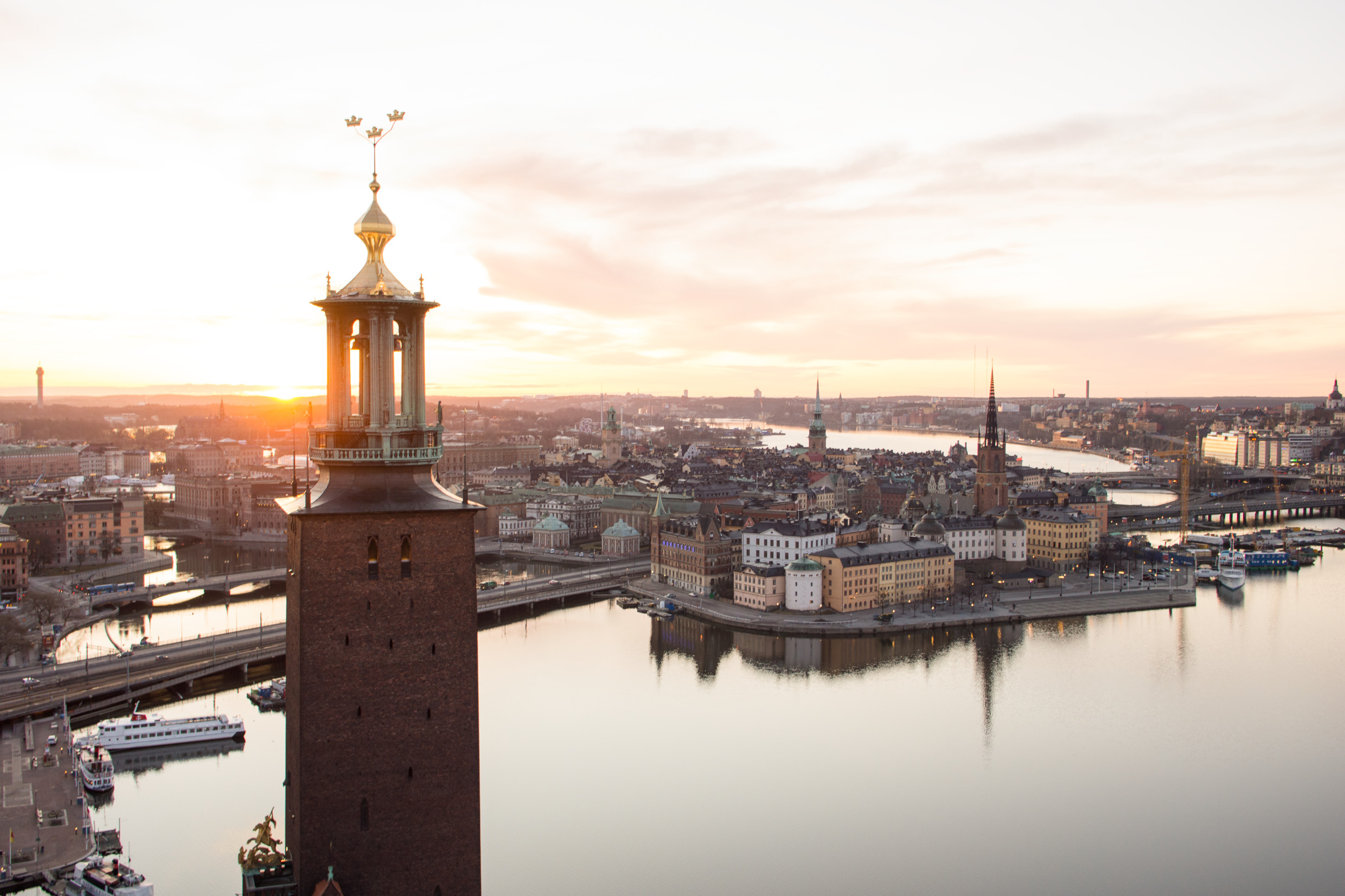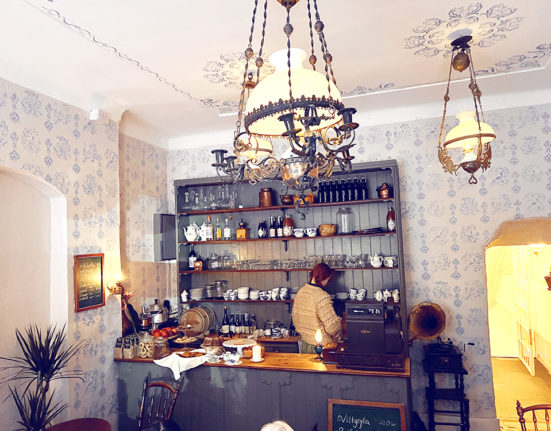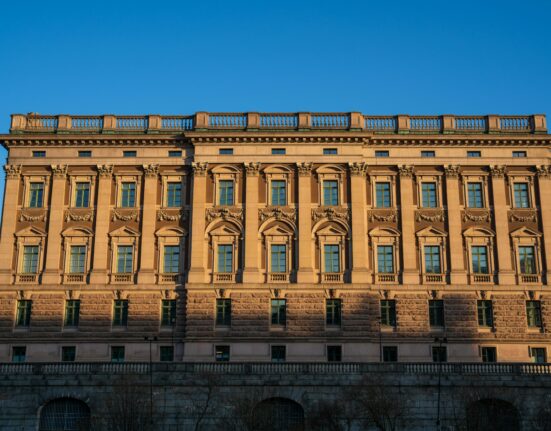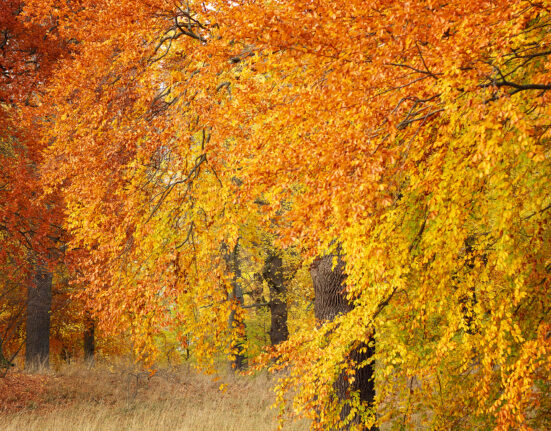Stockholm is a city like no other. As an ethnic melting pot, a hub of European culture, and a treasure trove of scientific achievements, Stockholm has plenty to offer visitors.
For those considering a short or long stay in the city, Stockholm boasts many favourable attributes. It’s one of the safest, cleanest, and greenest cities in the world, adorned with natural beauty and architectural gems dating back to the twelfth century.
Stockholm truly has something for everyone, no matter how long you intend to walk its centuries-old streets.
To prepare you for your time in this gem of Scandinavia, you need to know a bit more about what’s on offer and what a day in the life of the locals is like.
Accessible Culture For All
Annual events like the Stockholm International Film Festival, Stockholm Culture Festival, Stockholm Pride Week, Taste of Stockholm and the Summerburst music festival attract visitors from across the globe. But small-scale arts and culture also thrives in the city.
A music lover’s first visit to Stockholm would be incomplete without a trip to the ABBA Museum, which houses the foursome’s iconic costumes and paraphernalia, and offers walking tours of the adjacent Djurgården, a popular spot amongst locals and visitors for its renowned natural beauty and where Benny, Björn, Frida and Agnetha famously performed.
Because the Swedish government provides generous funding to the arts, plenty of events and performances are subsidised and affordable. Lovers of more traditional music will find much to enjoy at the Royal Dramatic Theater or the Royal Swedish Opera. There are also plenty of free concerts that cater to all genres. Some of the venues where you might find free concerts are Obaren, Yuc Latasian and Akkurat Bar & Restaurant.
Stockholm takes the accessibility of art quite literally; the city’s metro was dubbed “the world’s longest art gallery” since it was adorned with art installations in the 1950s. The Kungsträdgården station, which combines the location’s natural beauty with the city’s vibrant artistic vision, is perhaps the highlight of a cultural network comprising more than a hundred metro stations and a hundred and fifty artists.
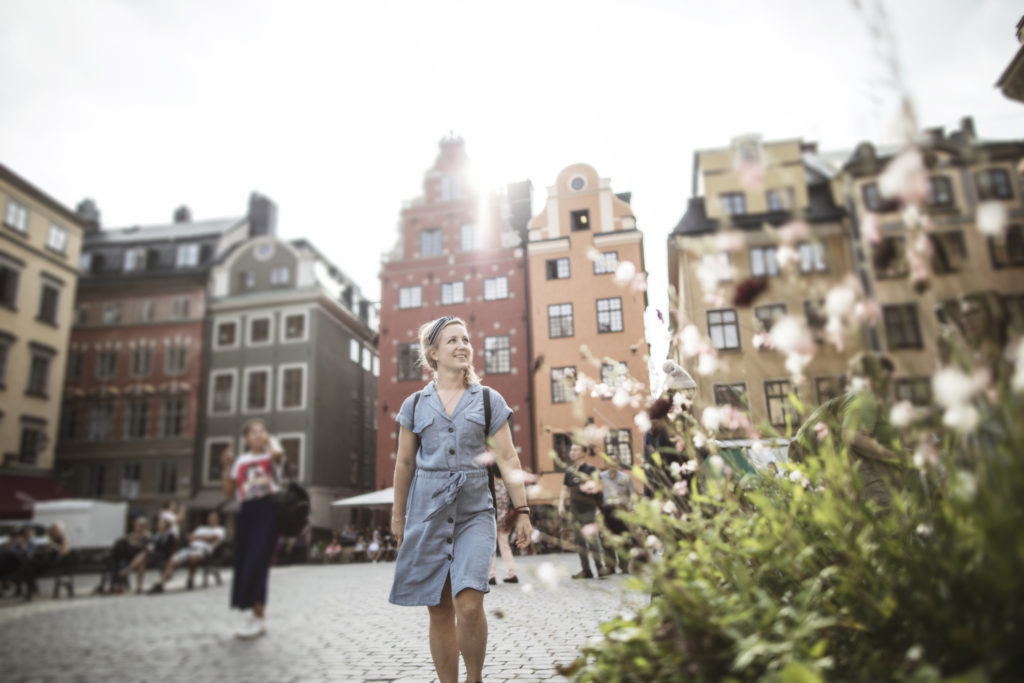
A City Steeped In History
It’s all but impossible to choose the right museum for a day trip to Stockholm. There are almost too many to choose from. The Vasa Museum, the Viking Museum, the Museum of Medieval Stockholm and the Skansen Open-Air Museum (an authentic recreation of life in Sweden’s pastoral past), are solid choices for anyone interested in immersing themselves in Swedish history.
History buffs will especially enjoy the reconstructed Viking village of Birka, which makes for a great day trip being a two hour boat ride away from Stockholm. Those who want to take the Viking theme even further can visit Aifur, a restaurant that serves historically inspired Viking food. Root vegetables, deer hearts, and bear sausages are just a few of the items on the menu.
Aficionados of both modern and fine art are spoiled for choice in Stockholm. Fans of the cutting edge and avant-garde will find much to stimulate the senses. There is Fotografiska, the world’s“ most open museum” (they are open 10 am to 11pm every day), which combines photography with supplementary artistic and culinary mediums; and the interdisciplinary Accelerator at the University of Stockholm, which makes art of science and where art itself is a science. Fine art is on offer too. The National Museum and the Moderna Museet house classical Swedish and European artworks as well as modern retrospectives.
Where Nature Abounds
In Sweden, allemansrätten, or ‘the right to roam’, is constitutionally enshrined. Unlike in the UK and other parts of Europe, where much of the beautiful countryside is private property and off-limits to amblers, anyone and everyone can experience Sweden’s natural beauty.
Stockholm was erected on the largest fourteen islands of an archipelago, and the city takes fresh and saltwater sports seriously. Sightseers can take the opportunity to see the city from the water; there are sailing and boat tours of the canals, bridges and smaller islands. Committed water sports enthusiasts will also have plenty of activities to choose from in the spring and summer months. Jet-skiing, kayaking and windsurfing are a few of the options to experience Sweden’s natural beauty in the city of Stockholm and its surrounds.
Anyone who loves plants will want to check out Stockholm’s Bergius Botanic Garden. Nestled at the side of Brunnsviken Bay, the garden is home to the Edvard Anderson Conservatory. It is one of the last conservatories of its kind in Europe. Access to the gardens is free to all, but the conservatories charge a small entrance fee.
Just be sure to dress warmly, as the temperatures can plummet quickly. In the summer months, everyone takes advantage of the sun and heads outdoors. But in winter, you must have adequate protection against the elements or your roaming will take an unpleasant turn. As there are sometimes only five or six hours of daylight, you’ll need to plan your time outdoors accordingly. The limited daylight hours may wreak a bit of havoc with your sleep patterns too, and it does take some getting used to when you first arrive.
A Life Unlike Any Other
Stockholm is a small city with very little of the buzz or blaring lights and sounds of other European metropoles. Greater Stockholm is home to two and a half million residents, and the city is the centre of commercial activity in Scandinavia. It boasts no towering high rises or five-lane freeways. You will in fact find some cobbled streets and plenty of designated bicycle roads, so make sure you have comfortable walking shoes.
Work culture in Sweden emphasises a healthy work-life balance, with minimal overtime and a 40-hour workweek. This is embedded in Swedish culture in the concept of the fika, a dedicated period of the workday to take time off for socialising and downtime; it is something of a northern European siesta, with coffee and sweet pastries. Visitors should note that the fika is also a popular option for a first date.
Stockholm, and indeed the rest of Sweden, is one of the most expensive places to live, with transport, accommodation, alcohol and meat prices amongst the priciest in Europe. You’ll need to keep a close eye on your budget, especially if you are not familiar with the currency.
Expats living in Sweden also report the reserved nature of the Swedish and Scandinavian people. Swedes get to the point and don’t bother with small talk. Considering there’s so much to see and do in Stockholm and that daylight hours are not always in large supply. Who wants to waste time with idle chatter?
Guest Writer: Charli Tanner

Charli is a content champion for a variety of online publications. She often covers topics that cater to business owners and entrepreneurs with a strong focus on finance for startups, productivity, management, and a few other topics.







